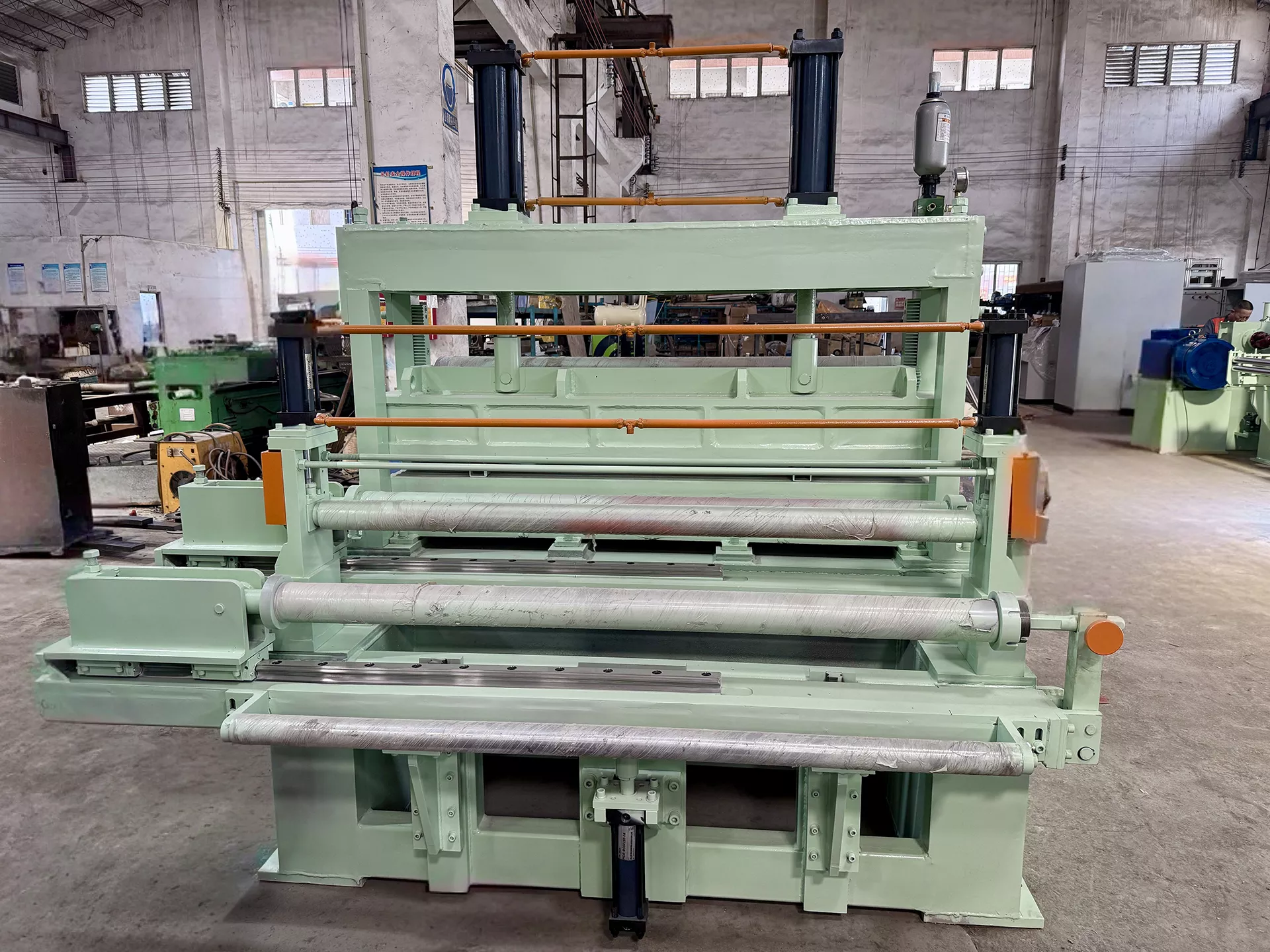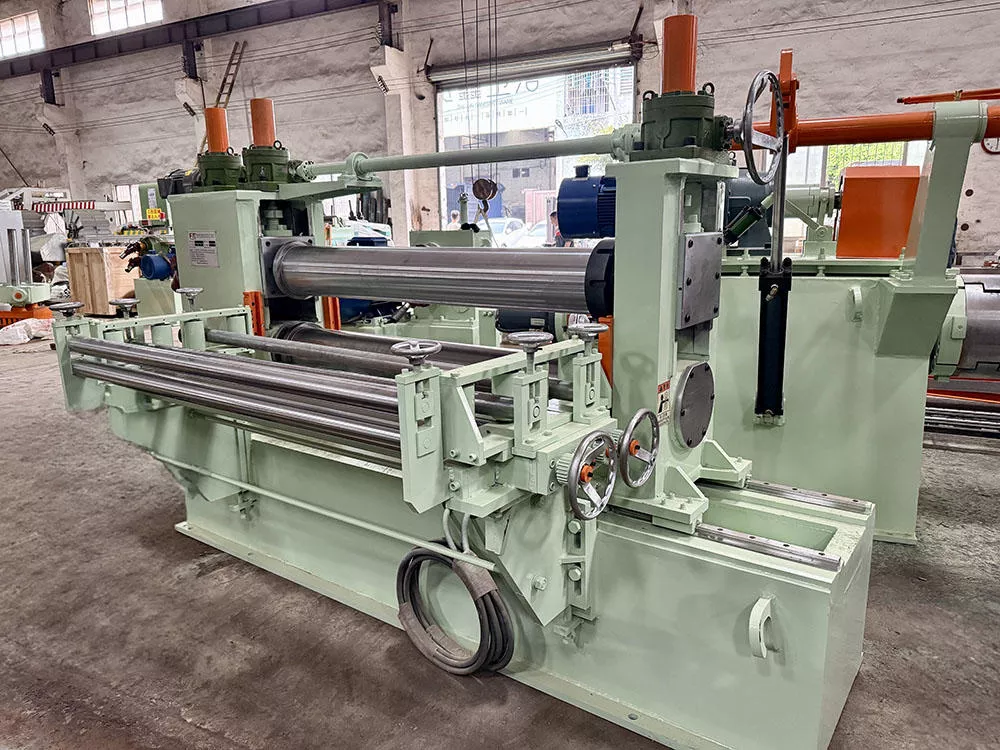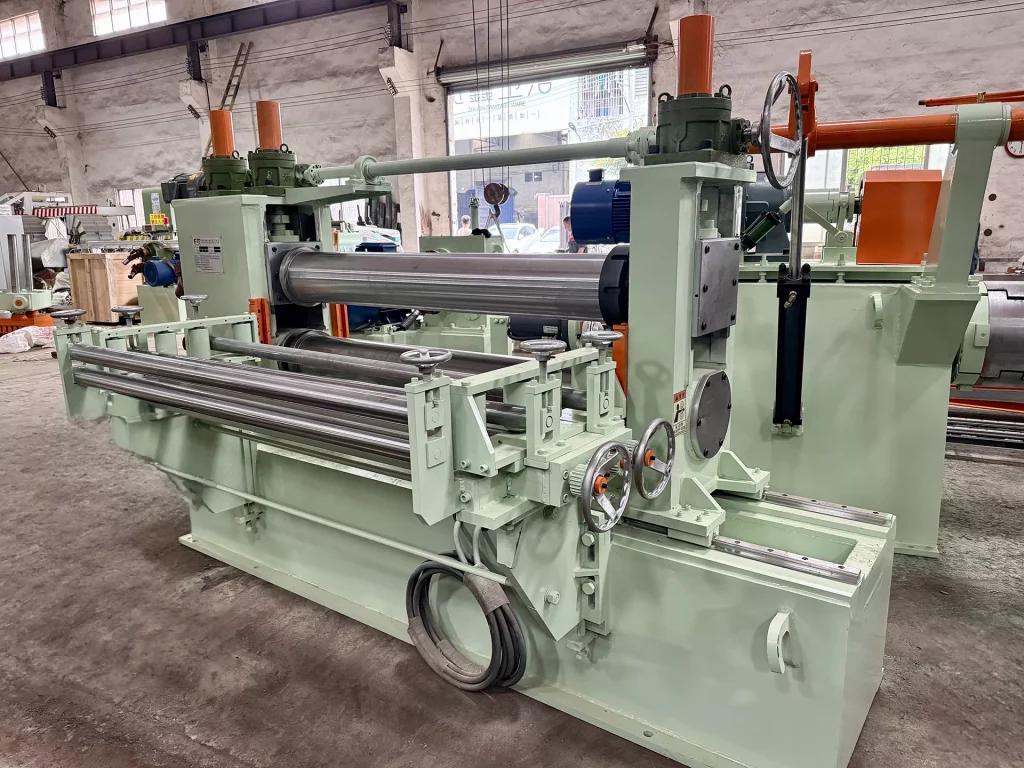3 Key Factors for Choosing a Coil Slitting Line
Choosing the best coil slitting line helps your work run well. Good systems give many benefits:
1. Sharing live data with warehouse systems makes work faster and smoother.
2. Digital models show slow spots, helping you fix setups for better results.
These tools help you work accurately, avoid delays, and save money.
Key Takeaways
· Pick a coil slitting line that fits your material thickness. This avoids waste and gives clean, quality cuts.
· Buy machines with good tension control systems. These systems cut better and waste less material.
· Take care of blades often to make them last longer. This saves money on new blades and boosts efficiency.
1. Material Thickness
Why It Matters
The thickness of the material is very important. It affects how well a coil slitting machine works. Thicker or thinner materials need different settings for good results.
If the material is too thick or thin for the machine, problems happen. You might get bad cuts, waste material, or damage the machine. Good cutting makes thin strips with fewer burrs. This helps other steps and improves product quality.
How to Evaluate Machine Capacity
To pick the right machine, check if it fits your material. Start by reading the machine’s specs from the maker.
Think about the materials you use most. For example, stainless steel needs very accurate cuts to avoid waste. Machines with adjustable settings can handle many thicknesses well. Matching the machine to your needs saves money and gives better results.

Tension Control Station
2. Tension Control
Keeping Materials Smooth and Safe
Tension control is very important for good slitting work. Without it, materials can wrinkle, tear, or move out of place. This wastes material and causes delays for repairs. Keeping tension steady avoids these problems. It helps with smooth unwinding, cutting, and recoiling.
Modern systems, like those from FOT Machinery, use automatic tension controllers. These tools check the coil’s tension and adjust it instantly. This keeps the process accurate and reduces waste. For example, real-time tension control can keep tension steady within ±1%. This helps you use materials better.
Studies show tension control stops strips from wrinkling or overlapping. It also keeps edges straight, which is very important for accuracy.
|
Source |
Key Point |
|
Uncoiler with Tension Control |
|
|
Service Centers for Slitting Coil Production |
|
|
A Comprehensive Guide to Coil Slitting Lines |
Prevents overlapping strips using automatic tension control. |
Important Features to Consider
When picking a slitting line, check for advanced tension systems. Automation is very helpful. Systems with automatic loop control and tension adjustment make work easier and more accurate. Drag pads, rollers, or both are often used to keep tension steady.
Some top systems, like those from FOT Machinery, have laser tools with 0.0001-inch accuracy. These tools keep edges straight for better cutting. Automatic tension controllers let you set values to keep tension stable.
Choosing a machine with these features improves accuracy, saves material, and boosts efficiency. A good tension control system is a smart investment for long-term success.

Slitting Machine
3. Blade Lifespan
What Affects Blade Durability
How long blades last depends on key factors. Picking strong materials and good methods makes blades last longer. High-speed steel and carbide are great because they handle heat and wear well. Special techniques like CNC machining make blades with exact sizes. Surface grinding gives them sharp edges for clean cuts.
Checking quality is also very important. Blades are tested to meet rules for hardness and size. Regular care, like sharpening and alignment checks, keeps them working well. Skipping these steps can cause bad cuts and higher costs.
|
Key Factor |
What It Means |
|
Material Choice |
High-speed steel and carbide are tough and resist heat and wear. |
|
Advanced Techniques |
CNC machining makes exact sizes, and grinding creates sharp edges. |
|
Quality Testing |
Tests make sure blades meet hardness and size standards. |
|
Blade Care |
Sharpening and alignment checks keep blades working longer. |
Caring for Blades and Costs
Taking care of blades makes them last longer and saves money. Sharpening them often can make them last up to 50% longer. Well-cared-for blades can last 20-30% longer than ones that aren’t maintained. This saves money on buying new ones.
Buying good blades might cost more at first, but it’s worth it. Stronger blades can save 15-20% on yearly replacement costs. Keeping blades in good shape also means fewer delays and better work.
|
Evidence Type |
Details |
|
Saving on Replacements |
Stronger blades save 15-20% yearly on replacement costs. |
|
Longer Blade Life |
Cared-for blades last 20-30% longer than neglected ones. |
|
Sharpening Benefits |
Sharpening often can make blades last up to 50% longer. |
|
Value of Good Blades |
Spending more on good blades saves money over time. |
By following these tips, you can make your coil slitting line work better and spend less money.
Picking the right coil slitting line makes work easier. Pay attention to three things: material thickness, tension control, and blade life. Choose a machine that fits your needs for better results. These factors help cut waste, improve accuracy, and save money. Smart choices lead to better outcomes.
FAQ
How often should you maintain a coil slitting line?
Check and clean the machine every week. Sharpen blades and align them once a month. This keeps the machine working well and avoids delays.
What blade material works best?
Pick blades made of high-speed steel or carbide. These materials last longer, handle heat, and cut accurately on different materials.
Does automation make coil slitting better?
Yes, automation helps a lot. It improves accuracy and cuts down waste. Tools like tension control and quick adjustments make work faster and more efficient.


